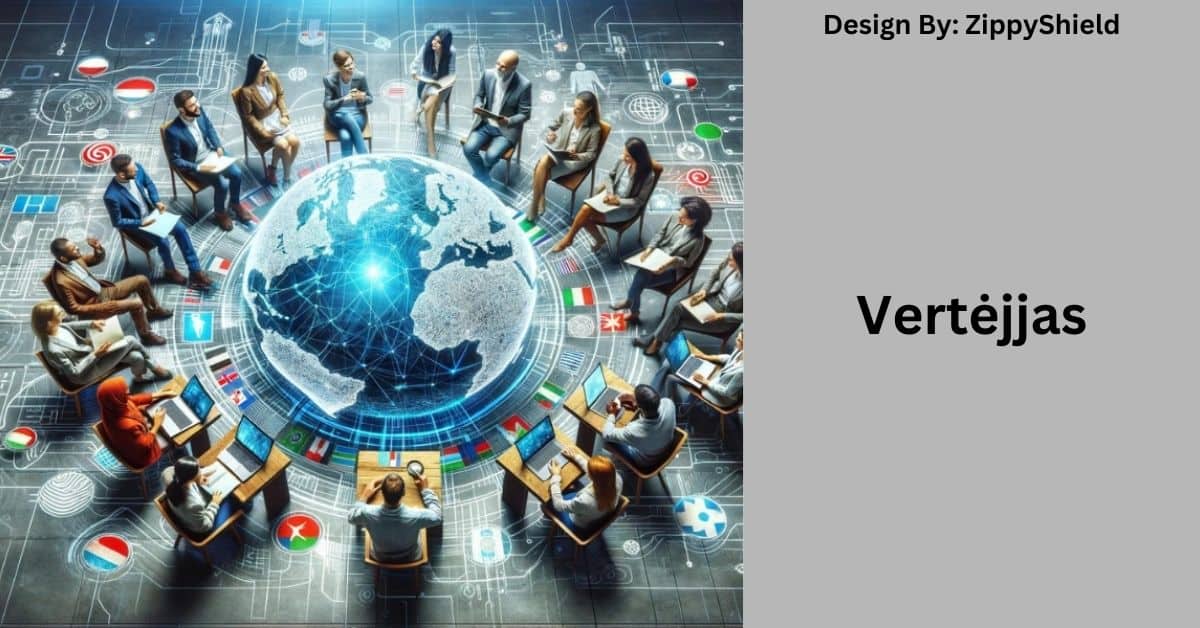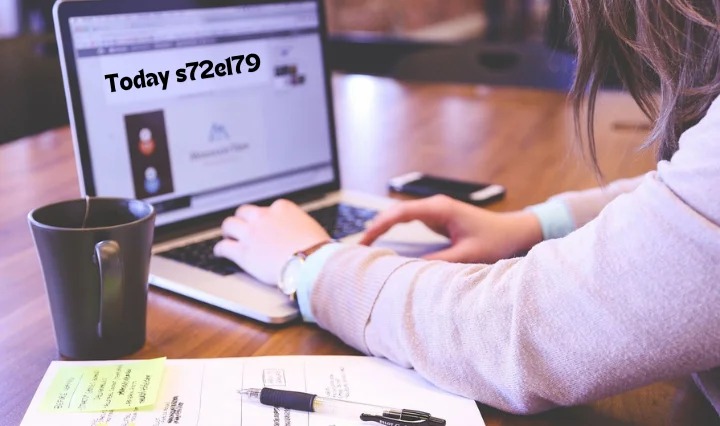A vertėjjas, or translator in English, plays a crucial role in bridging communication gaps between people who speak different languages. This article will explore the responsibilities, skills, and significance of a vertėjjas, and how they contribute to various fields.
What Are Vertėjjas?
A vertėjjas is a professional who translates spoken or written content from one language to another. Their work ensures that people who do not speak the same language can understand each other. Translators are essential in various fields, including business, literature, diplomacy, and more.
Types of Translation Vertėjjas:
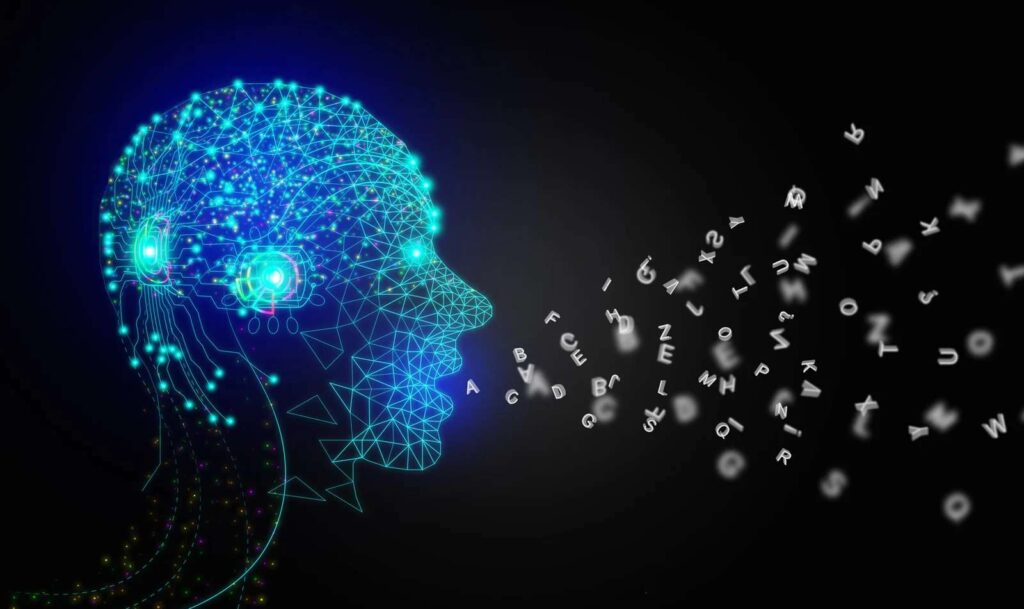
There are several types of translation that a vertėjjas might specialize in:
- Written Translation: This involves translating documents, books, websites, and other written content.
- Oral Translation: Also known as interpretation, this includes translating spoken words in real-time during meetings, conferences, or events.
- Technical Translation: Focused on translating technical documents such as manuals, scientific papers, and engineering texts.
- Literary Translation: Translating works of literature, including novels, poems, and plays, while maintaining the author’s original style and meaning.
Key Responsibilities Of A Vertėjjas:
A vertėjjas has several key responsibilities, which include:
Accurate Translation
The primary responsibility of a vertėjjas is to provide accurate translations. This means conveying the original message’s meaning, tone, and intent without adding or omitting information. Accuracy is crucial in ensuring that the translation is faithful to the source material.
Cultural Sensitivity
A good vertėjjas must be culturally sensitive. Understanding cultural nuances helps in translating idioms, humor, and context correctly. This ensures that the translation is not only accurate but also appropriate for the target audience.
Research Skills
Translators often need to research terminology and context to provide accurate translations. For example, technical translations may require understanding specific jargon, while literary translations may involve researching historical or cultural references.
Confidentiality
Maintaining confidentiality is another important responsibility. Translators often work with sensitive information, such as legal documents or private communications, and must ensure that this information remains secure and private.
Read: Steve Vai Net Worth – Discover Vai’s Earnings!
Skills Required For A Vertėjjas:
Being a successful vertėjjas requires a combination of skills:
- Language Proficiency: Proficiency in both the source and target languages is essential. A vertėjjas must have a deep understanding of grammar, vocabulary, and syntax in both languages to produce accurate translations.
- Attention to Detail: Attention to detail is crucial in translation. Even small errors can change the meaning of a text, so a vertėjjas must carefully review their work to ensure accuracy.
- Communication Skills: Effective communication skills are necessary for both written and oral translation. A vertėjjas must be able to convey messages clearly and understand the context in which they are working.
- Time Management: Time management is important, especially for translators working with deadlines. Managing multiple projects and meeting deadlines requires strong organizational skills.
The Importance Of A Vertėjjas:
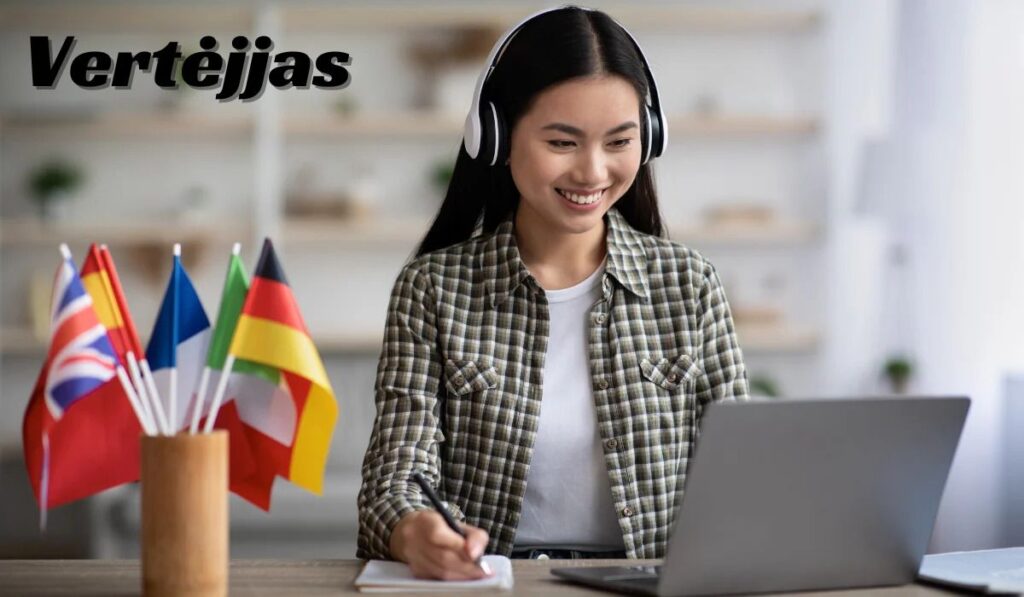
A vertėjjas plays a vital role in many aspects of life and work:
Business and Trade
In business and trade, a vertėjjas aids companies in entering international markets by translating marketing materials, contracts, and correspondence. This ensures clear communication with global partners and helps prevent misunderstandings, enabling smoother business operations and successful international collaborations.
Diplomacy and International Relations
For diplomacy and international relations, a vertėjjas translates crucial documents, speeches, and negotiations between countries. Accurate translation facilitates effective communication, maintains the integrity of diplomatic discussions, and helps build and sustain positive international relationships.
Healthcare
In healthcare, a vertėjjas ensures that non-native speakers understand medical information, treatment plans, and instructions. By translating medical records and facilitating communication between patients and healthcare providers, they help ensure that patients receive appropriate care and understand their health conditions.
Education and Literature
In education and literature, a vertėjjas translates educational materials and literary works, making them accessible to a broader audience. This includes translating textbooks and novels, which helps promote cultural exchange and provides valuable educational resources to those who speak different languages.
How To Get Started With Vertėjjas?
- Downloading the Tool: Starting with Vertėjjas is easy. You can download it on your smartphone or computer from various platforms.
- Setting Up Your Account: Setting up your account is simple. Just sign up using your email or social media accounts, and you can begin using the tool right away.
- Using Vertėjjas Effectively: To make the most of Vertėjjas, explore its features and settings. Customize the tool to fit your needs and get familiar with its options for the best experience.
Read: Diane Marlys Bromstad – Explore Diane Bromstad’s Life!
Challenges Faced By Vertėjjas:
While being a vertėjjas can be rewarding, it comes with its challenges:
Handling Complex Texts
Translating complex texts, such as legal or technical documents, requires a high level of expertise and understanding. Navigating these complexities can be challenging and may require extensive research.
Maintaining Consistency
Consistency in translation is essential, especially for projects involving multiple documents or ongoing work. Maintaining the same tone and style across different pieces can be challenging.
Keeping Up with Language Changes
Languages evolve over time, and staying updated with changes in vocabulary, idioms, and usage is important for a translator. This ongoing learning is necessary to ensure that translations remain relevant and accurate.
Tools And Resources For Vertėjjas:
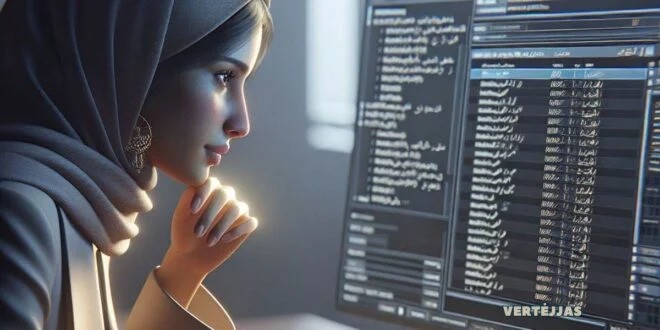
Several tools and resources can assist a vertėjjas in their work:
- Translation Software: Translation software, also known as Computer-Assisted Translation (CAT) tools, can help manage large translation projects and ensure consistency. Examples include SDL Trados and MemoQ.
- Online Dictionaries and Databases: Online dictionaries and databases provide quick access to terminology and language references. Resources like WordReference and Linguee can be valuable for translating specific terms.
- Professional Organizations: Joining professional organizations, such as the American Translators Association (ATA) or the International Federation of Translators (FIT), can provide access to resources, training, and networking opportunities.
The Future Of Translation
The field of translation is evolving with advancements in technology. Machine translation and artificial intelligence are becoming more sophisticated, but human translators remain crucial for nuanced and culturally sensitive work. The future of translation will likely involve a combination of human expertise and technological tools to meet the growing demand for multilingual communication.
FAQ’s:
1. What does a vertėjjas do?
A vertėjjas, or translator, converts written content from one language into another while preserving the original meaning and context. They work in various fields, including literature, business, and legal documents.
2. What skills are needed to be a vertėjjas?
To be a vertėjjas, one needs strong language proficiency, attention to detail, research skills, and cultural awareness. These skills help in providing accurate and high-quality translations.
3. What types of translation services are available?
Translation services include literary, technical, legal, business, and medical translation. Each type requires specific knowledge and skills related to the subject matter.
4. How do I choose a good vertėjjas?
Choose a vertėjjas based on their experience, language proficiency, reviews, certifications, and rates. Ensure they have expertise in the specific field of translation you need.
5. What should I provide to a vertėjjas for a translation project?
Provide clear instructions, the purpose of the translation, specific requirements, and deadlines. Open communication and feedback are also essential for a successful translation project.
Conclusion:
A vertėjjas plays a crucial role in bridging language barriers and ensuring effective communication across different languages. By understanding their responsibilities, types of services, and how to choose and work with a translator, you can ensure high-quality translations that meet your needs. Whether for business, legal, or personal purposes, a skilled vertėjjas helps convey your message accurately and effectively.
Read More:
